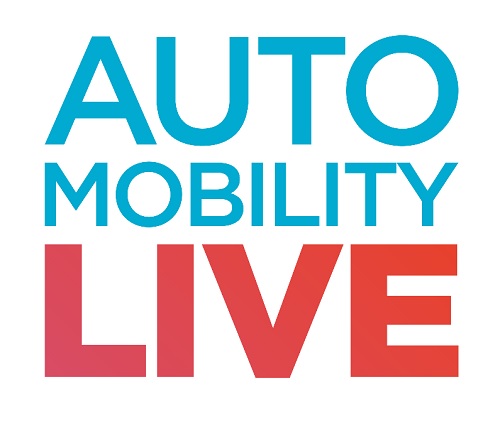Creating financial value with new mobility
29 June 2020

29 June 2020
 Stock markets are surprisingly bullish. There appears to be a disconnect between the darkening economic outlook and investor behaviour. Autovista Group chief economist Christof Engelskirchen asks Laura Lembke, executive director at Morgan Stanley why, and explores what automotive industry investors are looking for post-COVID-19.
Stock markets are surprisingly bullish. There appears to be a disconnect between the darkening economic outlook and investor behaviour. Autovista Group chief economist Christof Engelskirchen asks Laura Lembke, executive director at Morgan Stanley why, and explores what automotive industry investors are looking for post-COVID-19.
Q: Stock markets seem to be behaving irrationally. Why are there phases of recovery when economic forecasts are getting darker by the week?
A: The stock market is highly dynamic and typically much more sensitive in its appreciation of big events, such as a global health crisis than economic indicators or forecasts. We have seen the fastest sell-off in global equities on record. The sell-down was triggered initially by macro and quant funds following the COVID-19 spread into Europe in late February, followed by others on the back of the shut-down of the global economy and company guidance suspensions across industries for the 2020 financial year.
Q: What happened after this initial drop in stock prices?

A: We quickly entered a phase where investors saw depressed stock prices as a major opportunity because some of the movements had been exaggerated. This is why the sell-off was instantly succeeded by the steepest recovery in global equities in decades, further driven by the enormous fiscal stimulus packages across G10 countries and central banks, which by far exceeded investors’ expectations. As a result, we have also seen sharp valuation re-rating of equities across sectors. There is clear evidence that investors are already looking ahead to 2021 and budgeting for some sort of ′V-shaped’ recovery.
It will be interesting to see the upcoming H1 2020 results what will be the next inflection point for investors to reconsider valuation levels assuming there is no additional, meaningful fiscal stimulus left ′in the G-10 tank’.
Q: There has been a lot of talk about stress on supply chains and a potential need to become local. Are there new aspects that investors are looking for when they assess an automotive company, post-COVID-19?
A: Supply-chain management is already a core capability for OEMs and their procurement departments, however. During this crisis, many companies have set up specific task forces to monitor and re-assess how the supply chain is working and where potential bottlenecks could lie.
Investors follow general news related to the supply chain and production, but there are no explicit KPIs for this area. From an investor perspective, it is difficult to assess supply chain performance systematically. The shift to electric vehicles (EVs) may help reduce supply-chain complexity as the number of parts in electric vehicles is around 30% lower than for traditional cars.
OEMs will continue on their path to reduce complexity, all the way from model portfolio to specifications, for example, by reducing the number of available options or variants of the same component. My favourite example is the VW Golf. Did you know that until a few years ago you had a choice of 117 steering wheels? They cut that to 43, but it is still a lot. However, standardisation is a double-edged sword. It gives you economies of scale, but it may also increase your exposure, as you have to rely on a smaller set of suppliers. Finding a balance is crucial, especially for the very high-volume components that run across multiple vehicles on a platform.
Q: Do you believe that consumers will purchase a car differently after the crisis? What is the role of car dealers going forward?
A: Most OEMs had already embraced the need to develop digital channels prior to COVID-19, including selling directly to consumers. There are also new ownership concepts, for example all-inclusive ′subscription models’ such as ′Care’ by Volvo or Mercedes’ ′Flexperience’, which are gaining in popularity.
The real challenge lies on the dealer side and how they will need to be set up in the future. Car dealers typically make the most money with aftersales, services and used car trading, rather than new car sales. We will probably see a shift towards brand experience stores in prime city locations, where customers can interact with the brand as you would in an Apple store.
Commonly, OEMs know little about their individual customers. There is a lack of ongoing customer contact by OEMs and often dealers. OEMs have to rethink how they leverage dealers, and what kind of dealer channel and network they really need. The traditional car-dealer model has been under pressure for many years. The dealer of the future may, for example, manage and maintain vehicle fleets. There is a whole range of options, but their role will change.
This article contains extracts from the full interview between Christof Engelskirchen and Laura Lembke. You can read the full transcript, in which the two discuss investments in technology, mergers and acquisitions and more, here.
For more of the latest thinking, insight and data from our Auto Mobility LIVE speakers and TCO Awards judges, check out our Auto Mobility LIVE Insights page.